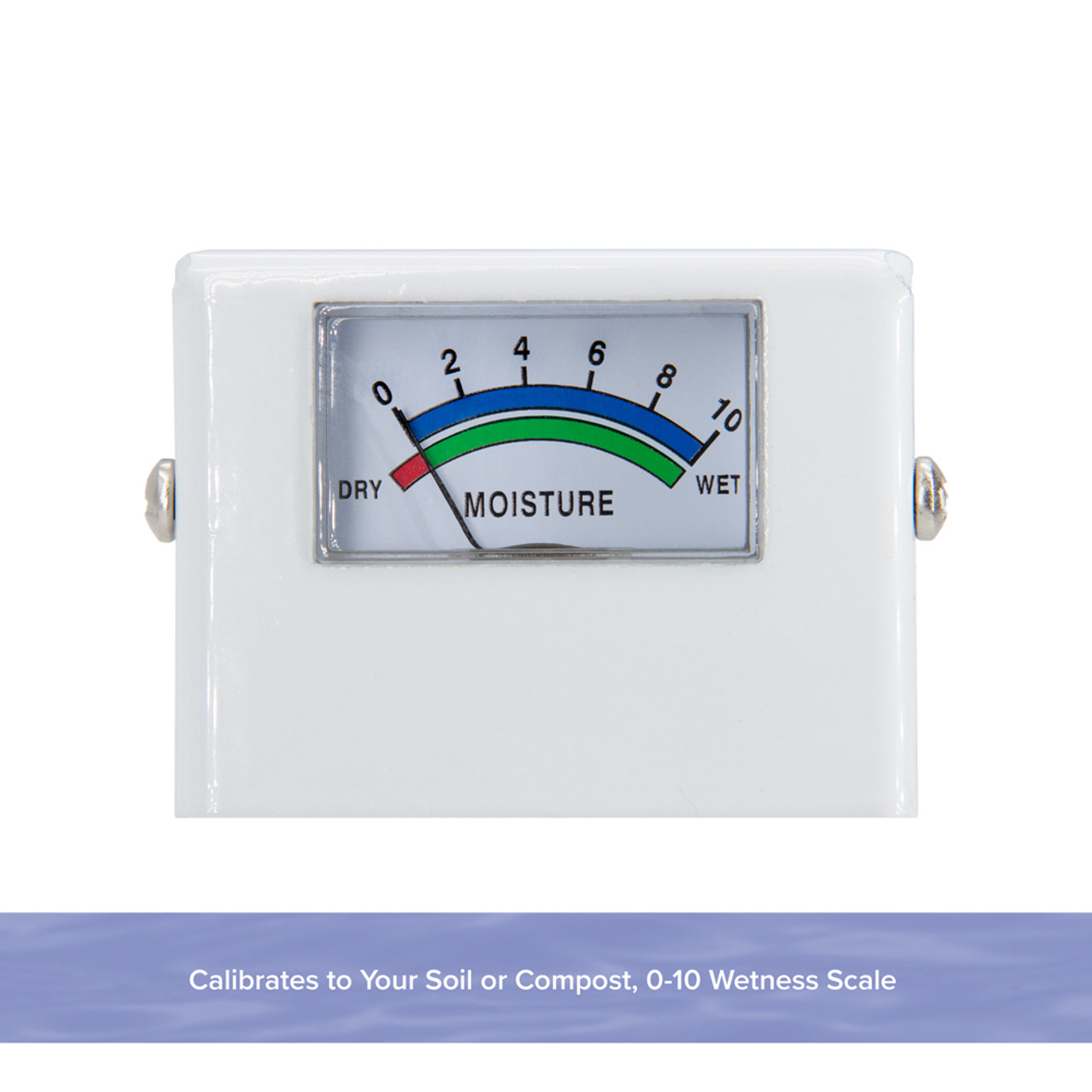Moisture Meter Purchasing Guide: What to Seek in High-Quality Instruments
Moisture Meter Purchasing Guide: What to Seek in High-Quality Instruments
Blog Article
Comprehending the Relevance of a Moisture Meter in Preventing Mold and Water Damage in Your Home
In the realm of home upkeep, the presence of wetness can commonly be a silent yet formidable enemy, qualified of causing pervasive mold growth and insidious water damage if left unchecked. Understanding the value of a wetness meter in this battle is not merely an option yet a calculated necessity.

Importance of Dampness Discovery
Effective moisture detection techniques are essential for guarding residential or commercial properties and avoiding potential mold development and water damage. Dampness can permeate into numerous building materials, causing architectural problems and carcinogen - Moisture Meter. By making use of a moisture meter, homeowner can proactively recognize areas prone to excess dampness, permitting for timely treatment and mitigation approaches
Dampness meters give accurate analyses of moisture levels in different materials such as concrete, drywall, and timber. This data aids in identifying areas of worry, also in hard-to-reach or covert locations. Early detection of moisture accumulation allows prompt repair work or changes to stop further damages.

How Wetness Meters Work
Dampness meters play an essential role in the aggressive recognition of excess wetness, helping in the prevention of potential mold and mildew growth and water damages by giving precise analyses of dampness levels in numerous building materials. Some progressed wetness meters pin both combine and pinless modern technologies for detailed wetness detection. Comprehending exactly how moisture meters function is necessary for prompt and precise dampness level evaluations, making it possible for efficient precautionary actions against mold and water damages.
Detecting Early Indication
Upon initial evaluation of a residential or commercial property, identifying refined indications of excess moisture becomes essential in the very early discovery of potential mold growth and water damages. Some usual very early indication include musty smells, water discolorations on ceilings or wall surfaces, peeling paint or wallpaper, and distorted or discolored surface areas. Mildewy odors frequently suggest the existence of mold or mold, also if no noticeable indications appear. Water spots can signify leaks or seepage, while peeling off paint or wallpaper may be an outcome of wetness jeopardizing the attachment of these materials to the surface. Warped or tarnished surfaces, such as distorting floorboards or blemished drywall, are clear signs of water damages. Moisture Meter. Furthermore, a rise in allergic reaction symptoms or respiratory concerns among residents might recommend the visibility of mold due to excess moisture. By quickly determining and attending to these early indication, property owners can minimize the risk of extensive mold and mildew growth and water damage in their residential or commercial properties.


Avoiding Mold And Mildew Development
Recognizing very early warning indicators of excess wetness within a residential property not only allows timely discovery of prospective mold and mildew growth and water damages yet also offers as a positive action in avoiding the expansion of mold and mildew. To efficiently prevent mold and mildew development, it is vital to deal with any type of sources of dampness immediately.
Along with attending to moisture resources, maintaining indoor moisture levels listed below 60% can substantially prevent mold and mildew growth. Correct ventilation, adequate insulation, and utilizing air conditioning unit or fans can aid manage interior humidity degrees. Monitoring wetness levels in areas vulnerable to dampness, such as cellars and crawl rooms, using a wetness meter can likewise help in early discovery of elevated moisture degrees and possible mold and mildew development. By taking proactive steps to prevent excess moisture and mold and mildew growth, home owners can guard their property and indoor air high quality.
Advantages of Routine Surveillance
Normal tracking of wetness degrees in a residential property can play an essential function in maintaining a healthy and balanced interior setting and preventing possible mold and water damages. By routinely examining dampness levels, home owners can spot any kind of problems promptly and my sources take required actions to stop mold development and water damage.
In addition, normal surveillance enables homeowners to track patterns and patterns address in wetness degrees over time. Eventually, the constant surveillance of dampness degrees encourages house owners to secure their home, safeguard their health, and preserve the integrity of their indoor setting.
Conclusion
In final thought, the usage of a dampness meter is vital in protecting against mold and water damage in homes. By detecting early caution indications of moisture, homeowners can take positive measures to protect against mold and mildew development and costly fixings.
By utilizing a wetness meter, home owners can proactively identify areas prone to excess dampness, permitting for prompt intervention and mitigation strategies.
Wetness meters give accurate readings of moisture levels in different products such as concrete, timber, and drywall.Wetness meters play an essential role in the positive identification of excess moisture, aiding in the prevention of possible mold growth and water damages by giving precise analyses of moisture levels in various structure products. Comprehending how moisture meters function is crucial for timely and precise moisture level analyses, allowing reliable preventive steps versus mold and water damages.
Checking moisture degrees in locations vulnerable to dampness, such as cellars and use this link creep areas, utilizing a moisture meter can additionally aid in very early detection of elevated dampness levels and prospective mold and mildew development.
Report this page